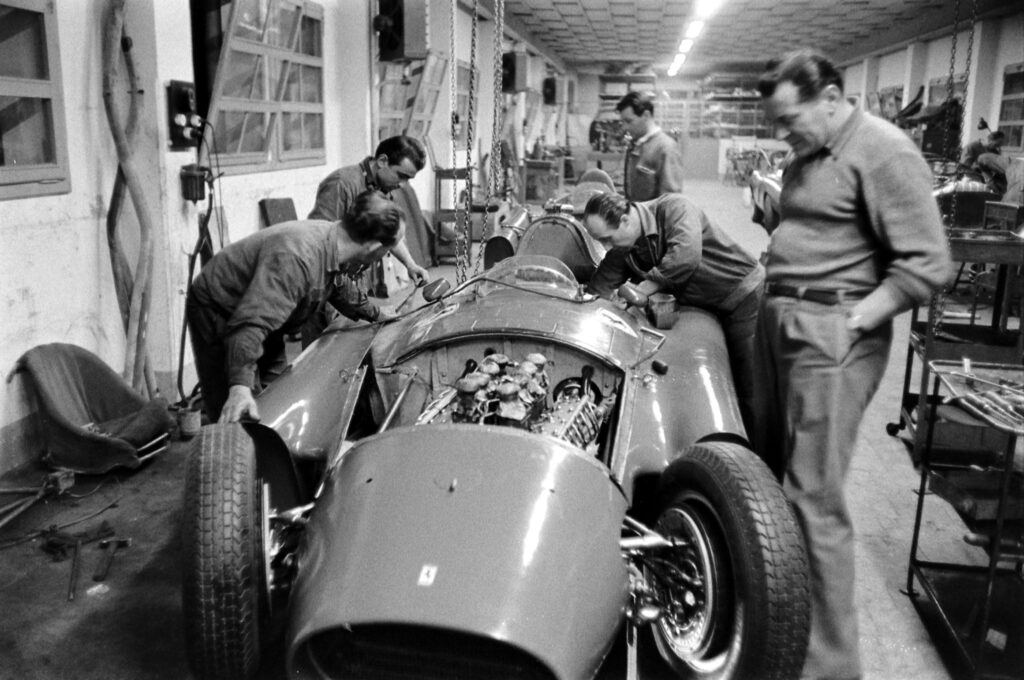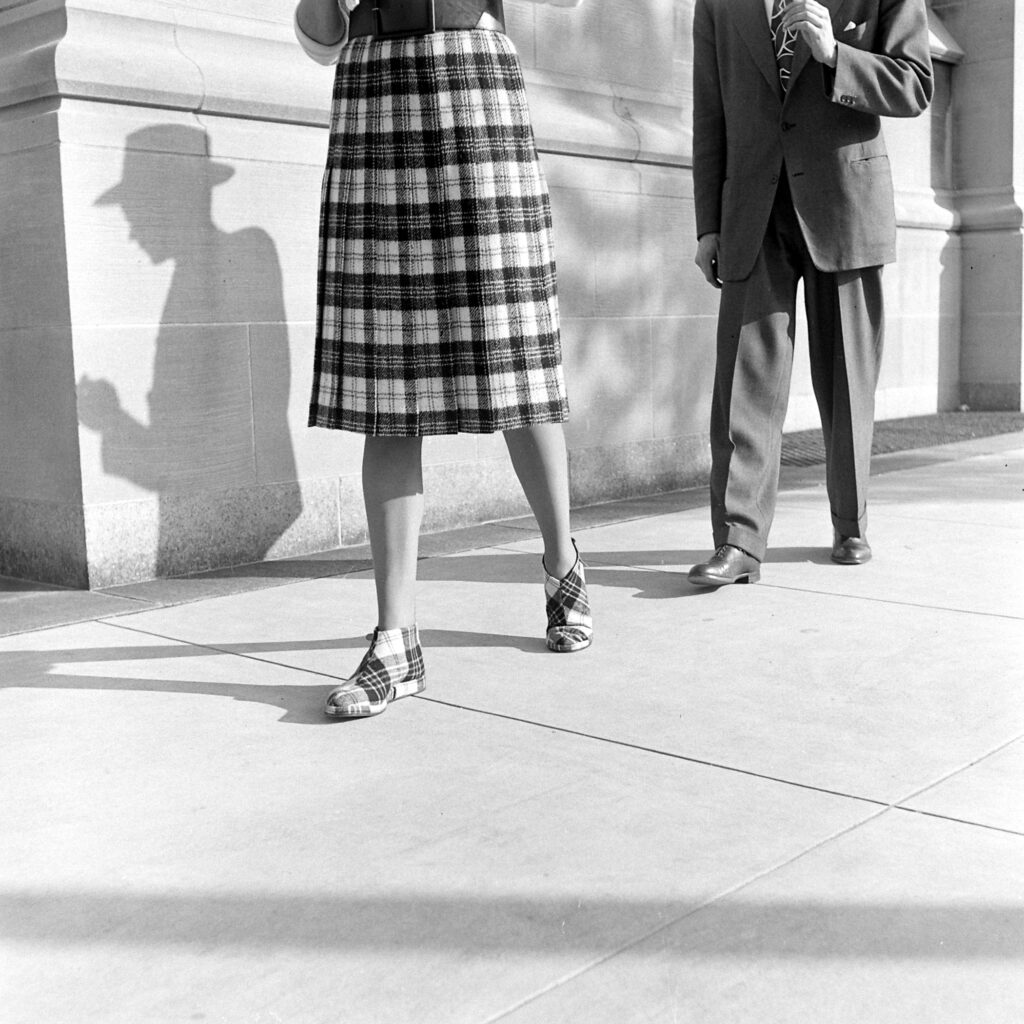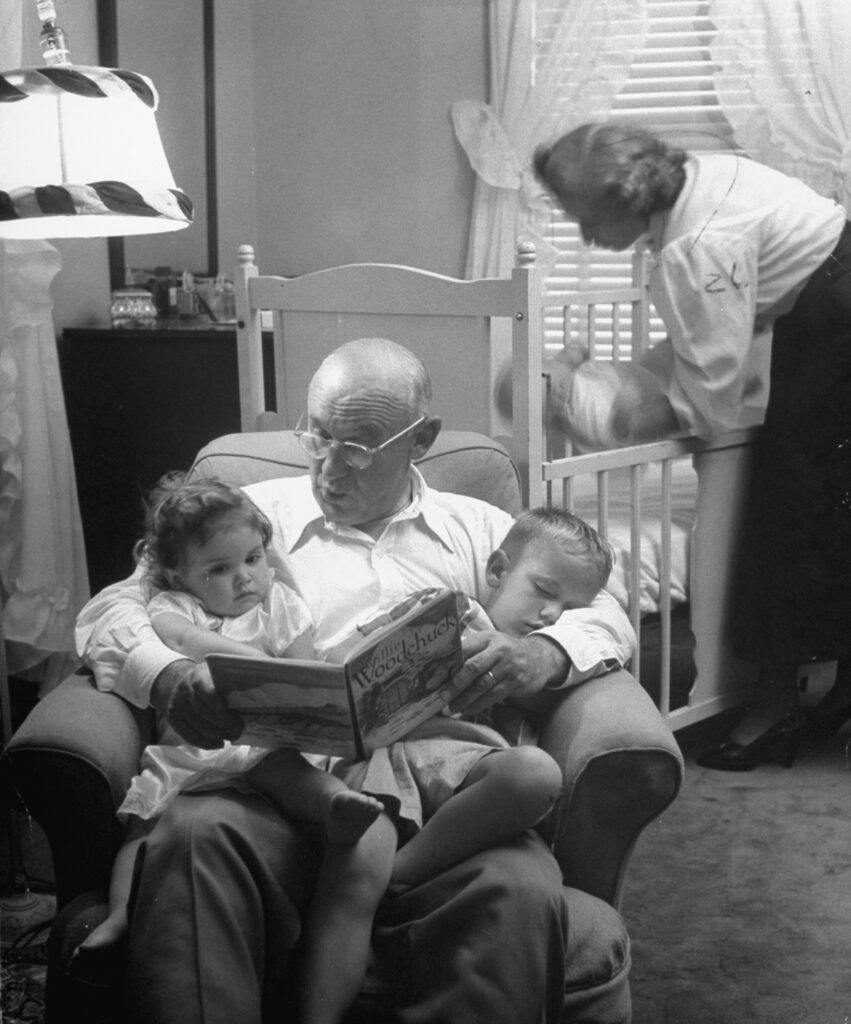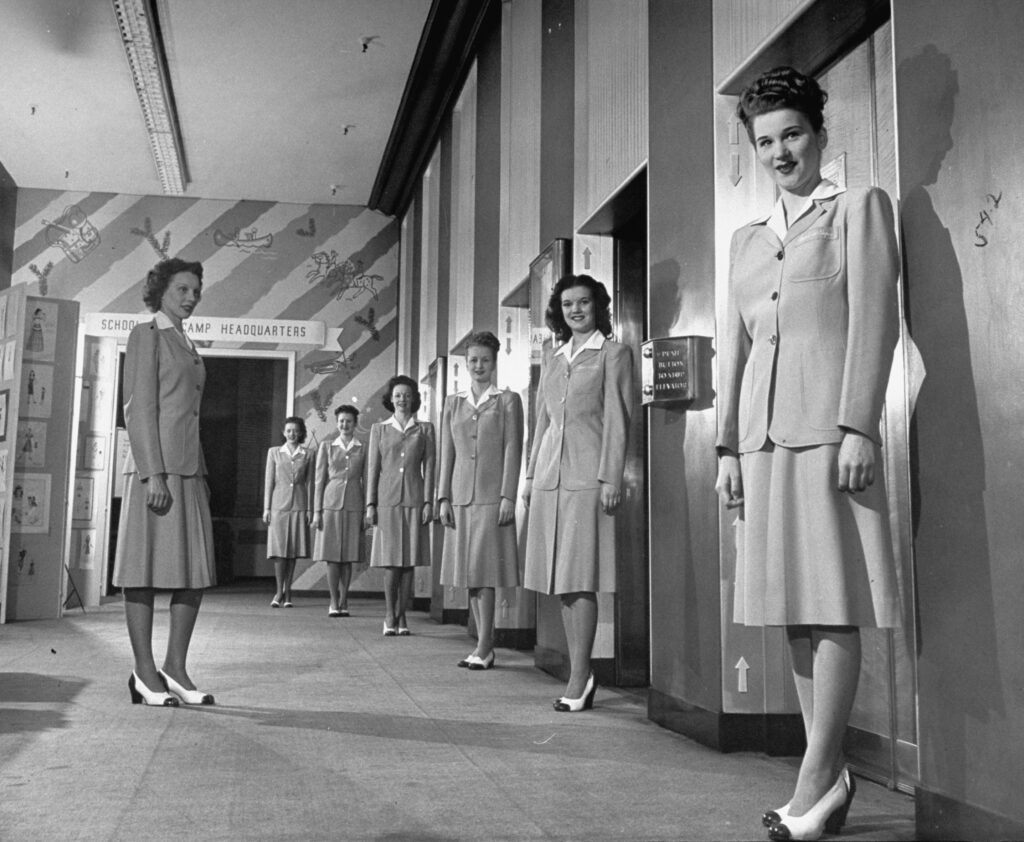Back in 1953, the Chicago’s Brookfield Zoo opened a new children’s section stocked with baby animals, and the kids enjoyed their hands-on experience, perhaps a little too much. Failing to differentiate between the live animals and their stuffed ones at home, the adoring children poked and prodded little llamas and kangaroos until the animals had had enough. LIFE’s story was titled “Zoo’s Babies Get Overdose of Love.”
“Some animals fought back,” the magazine stated. “A monkey grabbed a woman’s lipstick. A baboon hit a boy. A llama who had had his fill of popcorn discovered a way to say so, and a loud-mouthed mother stalked away, yelling, ‘That dirty brazen creature poked me in the rear!'”
The zoo quickly made modifications to the animals’ fencing so as to prevent another love-fueled fiasco. But in these pictures, you can see why the kids had a hard time keeping their distance.
Liz Ronk edited this gallery for LIFE.com. Follow her on Twitter @lizabethronk.

This duck’s long neck provided a nice handhold for one boy.
Howard Sochurek The LIFE Picture Collection/Shutterstock

Hands swarmed over a dazed linon cub, Caesar.
Howard Sochurek The LIFE Picture Collection/Shutterstock

Children were drawn to a baby kangaroo.
Howard Sochurek The LIFE Picture Collection/Shutterstock

Children visited Brookfield Children’s Zoo in Chicago, 1953.
Howard Sochurek The LIFE Picture Collection/Shutterstock

Baby llamas at the Brookfield Children’s Zoo in Chicago, 1953.
Howard Sochurek The LIFE Picture Collection/Shutterstock

The attraction here was a sea elephant who had left its pool.
Howard Sochurek The LIFE Picture Collection/Shutterstock

“He feels funny,” one child remarked about the elephant.
Howard Sochurek The LIFE Picture Collection/Shutterstock

A baby kangaroo was bottle-fed at Brookfield Children’s Zoo, Chicago, 1953.
Howard Sochurek The LIFE Picture Collection/Shutterstock

A lion cub was displayed in a basket at the Brookfield Children’s Zoo in Chicago, 1953.
Howard Sochurek The LIFE Picture Collection/Shutterstock

Elephant, Brookfield Children’s Zoo in Chicago, 1953.
Howard Sochurek The LIFE Picture Collection/Shutterstock

The original LIFE story was titled “Zoo’s Babies Get Overdose of Love.”
Howard Sochurek The LIFE Picture Collection/Shutterstock

A goat perched on a table at the Brookfield Children’s Zoo, Chicago, 1953.
Howard Sochurek The LIFE Picture Collection/Shutterstock

Popcorn-stuffed baby llamas, too full to walk, were carried to their cage.
Howard Sochurek The LIFE Picture Collection/Shutterstock




















































































